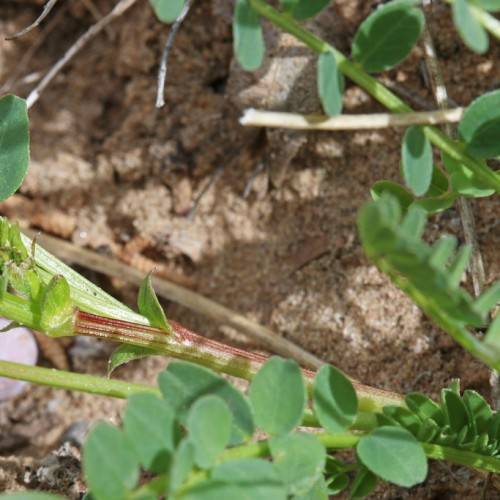
Beckwith's Milkvetch
Astragalus beckwithii
Watering:
Frequent
Hardiness Zone:
Flowers:
Flowers In Summer
Sun:
Sun, Partial Shade
Leaf:
Yes
Growth Rate:
Low
Salt Tolerant:
Yes
Care Level:
Medium
watering
Indian Milk Vetch requires regular watering during active periods of growth. During spring and summer, water the plants deeply once a week, making sure that the soil around them is thoroughly saturated, until water puddles up on the surface. During fall and winter, reduce the frequency of watering to only once every 2 weeks. Don't allow the soil to dry out completely, but be mindful of not over-watering either.
sunlight
Indian Milk Vetch is a shrub that thrives in full sunlight. It needs at least 6 hours of direct sunlight a day, preferably during the morning and early evening hours. Ideally, the plant should receive direct sunlight for around 4 hours in the morning and 2 hours in the afternoon. When given adequate sunlight, the plant can reach its full growth potential. It should be noted that Indian Milk Vetch does not do well in excessively hot climates, so extra protection should be given to the plant from midday sun in those locations.
pruning
Pruning Indian Milk Vetch (Astragalus australis) should be done from late winter through early spring. Pruning should include removing all dead and damaged stems as well as pruning back long or spindly stems. For more established plants, strategic thinning of the shoots may also be necessary to reduce overcrowding and encourage flowering. Always make sure to use clean, sharp loppers or pruning shears and prune back to a healthy bud or the main stem. Make sure to avoid pruning too much or too late in the season.
